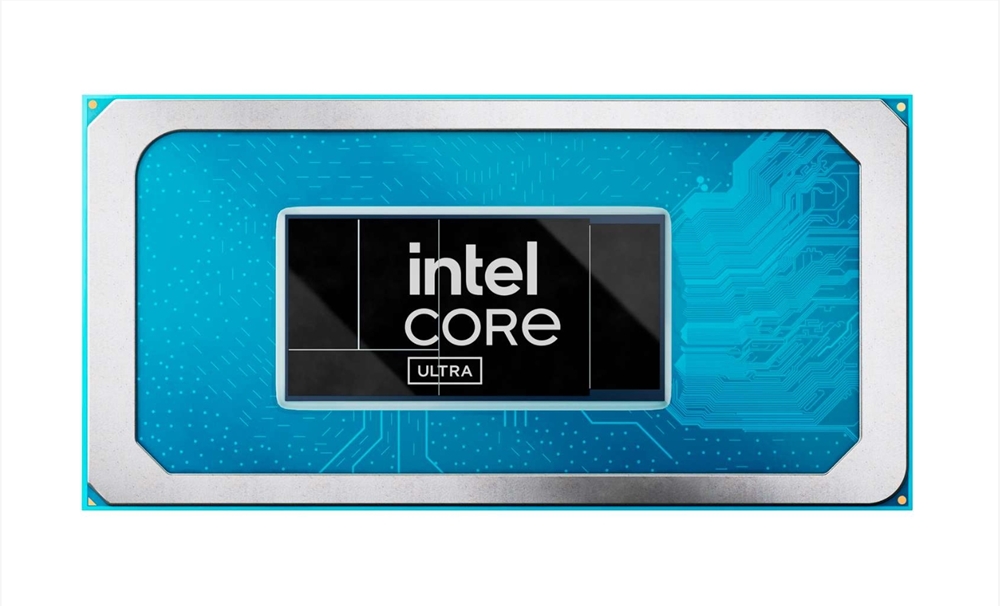IntelUnder its new financial structure, the company announcedFirstquarterly results, aiming to establish itself asAI HardwareFieldLeadersThe company reported todayFirstQuarterly revenue was $12.7 billion, up 91% year-on-year. Revenue for the second quarter of 2024 is forecast to be between $12.5 billion and $13.5 billion.
althoughFirstThe company's earnings beat analysts' expectations for the quarter, but the company's second-quarter outlook sent shares down 81% as it missed analysts' expectations for the upcoming quarter of $13.63 billion. Its adjusted EPS was $0.18 on revenue of $12.72 billion.
"We made solid progress," Intel CEO Pat Gelsinger said on an earnings call today.FirstHe noted that the numbers were "a little bit weaker than we expected," and that Intel expectsFirstThe quarter will be the "trough" and revenue growth will gradually accelerate throughout the year.

However, Intel executives touted the company’s growing AI capabilities. Notably, it is challenging rivals Nvidia and AMD with the launch of its new Gaudi 3 AI accelerator, which it says will deliver an average of 50% faster inference speed and 40% higher inference power efficiency on major AI models than the Nvidia H1001. Intel is also increasingly emphasizing its AI PC Product line.
Intel recently announced a reorganization that puts revenues from its Client Computing Group, Data Center and AI, and Networking and Edge divisions under the umbrella of “Intel Products.” Intel’s foundry semiconductor business is now reported under “Intel Foundry.” Its semiconductor business Altera, software business Mobileye, and other functions are now under the new “Other” division.
The company's Intel products reached $11.9 billion, up 17% year-over-year. Its client computing products grew to $7.5 billion, up 31% year-over-year. Its data center and AI products reached $3 billion (up 5% year-over-year), and its network and edge division grew to $1.4 billion (8% year-over-year). In contrast, "other" revenue was $775 million, down 46% year-over-year. In addition, its Intel wafer foundry business reported quarterly revenue of $4.4 billion, down 10% year-over-year.
Intel continues to roll out its AI PC products, with shipments exceeding initial expectations. The company launched the Intel CoresuperProcessor, as ofFirstAt the end of the quarter, more than 5 million AI PCs had been shipped. The company expects to exceed its previous forecast of 40 million AI PCs by the end of 2024.
"We are defining and leading the AI PC category," Gelsinger said, noting that units are on track to double in the second quarter. "This is a hot product. We're just getting incremental growth on our AI PCs."
He noted that there are some limitations at the wafer level and companies are “working to catch up” and build more wafer-level component capacity. Gelsinger called AI PCs a new category with multiple growing use cases. Every independent software vendor (ISV) is “AI-ifying” their applications, which he called the “Core moment” (referring to Intel’s Wi-Fi and WiMAX wireless computer network adapters).
"Over time, every PC will become an AI PC," he said. "We'll get incremental benefits from AI PCs." On the back end, the company's Gaudi3 and Falcon Shores - which Intel says are designed specifically for AI workloads - are the first to feature AI-powered PCs.FirstGPU architecture - expected to be launched next year.